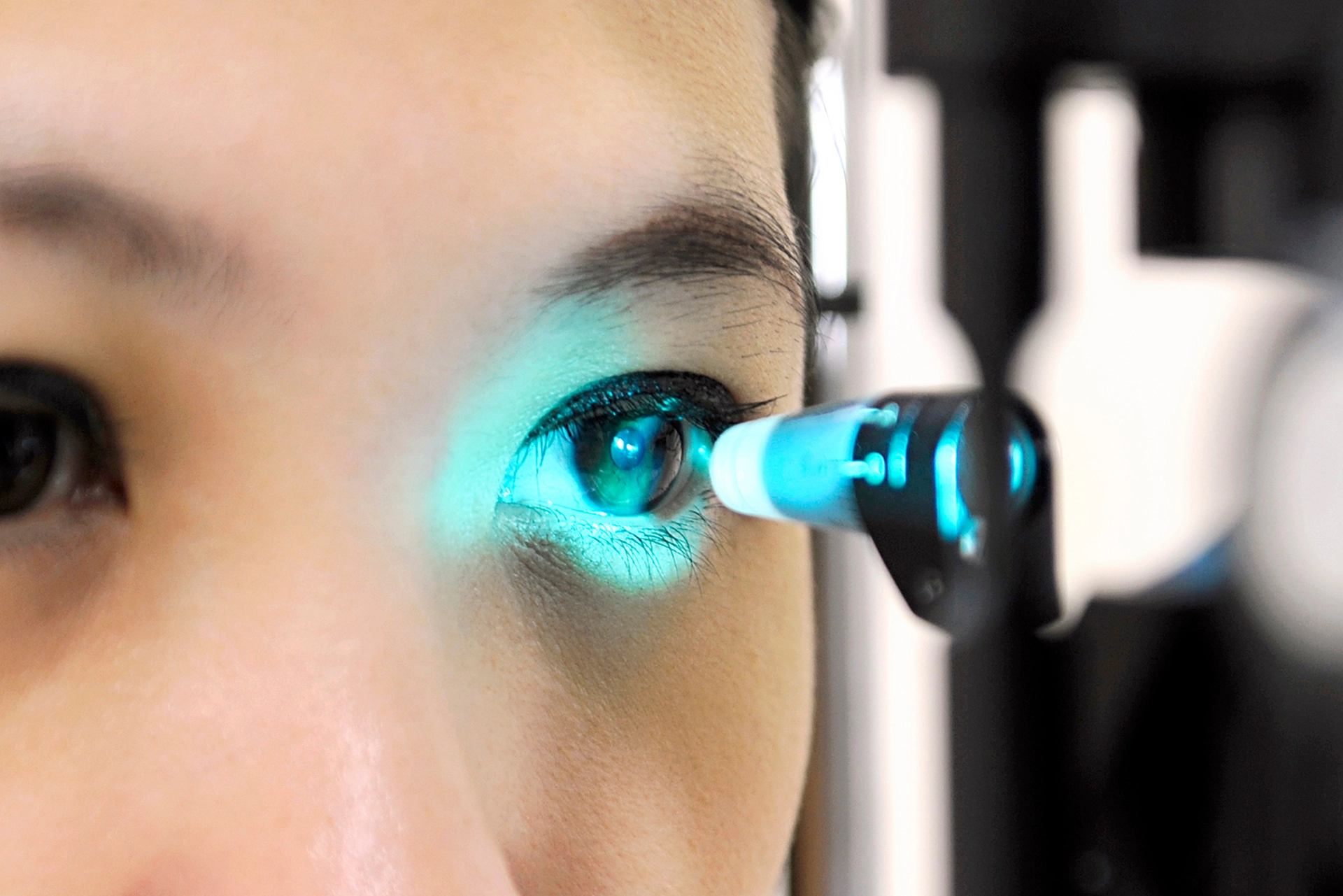
If you have or are at increased risk for open-angle glaucoma, proper detection and prompt glaucoma treatment OKC are essential. This condition affects the optic nerves in the backs of your eyes, which carry information from the retinal cells to the brain. The progressive damage that glaucoma causes may lead to irreversible vision loss.
What Causes Glaucoma
Glaucoma is a group of eye conditions usually related to elevated eye pressure and the optic nerve damage it causes. This elevation is caused by a buildup of aqueous humor, which fills the spaces between your lenses and corneas. Aqueous humor normally drains out at the angle where your irises and corneas meet; however, if there is an issue with the drainage system or your eyes produce too much fluid, the pressure in that space could increase.
You may be more at risk for glaucoma if:
- You are over the age of 60. At this stage, you are six times more likely to develop glaucoma.
- You have a family history of glaucoma. This can increase your risk four to nine times.
- You have poorly controlled diabetes. Glaucoma treatment could be a necessary diabetic eye surgery OKC.
- Your eyes are injured. This can include damage that resulted from the recovery of a previous eye surgery.
- You use steroids. If you are a “steroid responder,” you may experience elevated eye pressure after use.
Understanding Open-Angle Glaucoma
Open-angle glaucoma is the most common form of glaucoma. In this, the drainage angle between your iris and cornea stays open; the problems occur due to drainage issues in other parts of the system. This leads to a slow, yet consistent increase in eye pressure.
You will not notice any symptoms during the early stages of open-angle glaucoma. Over time, patchy blind spots in your peripheral vision develop. In later stages, it becomes difficult to see in your central vision.
What to Know About Open-Angle Glaucoma Treatment OKC Options
Because open-angle glaucoma is not noticeable in its early stages, it is important to get regular eye exams. During these, your physician will measure your eye pressure to check for glaucoma. This may involve a(n):
- Tonometry test. Your doctor uses a tonometer to measure inner eye pressure.
- Ophthalmoscopy. Your doctor uses an ophthalmoscope to examine your optic nerve, retina, and other parts of your inner eye.
- Perimetry test. This maps the boundaries of your peripheral and central field of vision.
- Gonioscopy. Your doctor examines the angle where your iris meets your cornea.
- Optical coherence tomography. This creates a computerized image of your retinal nerve fiber layer, allowing for precise diagnoses.
- Pachymetry. Your doctor uses an ultrasound device to measure corneal thickness.
Based on these, your doctor can detect glaucoma, determine which type you have, and recommend a treatment. When meeting with BVA, Dr. Britton or one of our other leading doctors will discuss your options with you. Our open-angle glaucoma treatments include:
Durysta
In this breakthrough procedure, your surgeon places a dissolvable Durysta implant in your eye, which gradually releases medicine to safely lower eye pressure. The implant naturally breaks down over time, so you do not need a second procedure to remove it when it is empty.
Laser Surgical Procedures
Prominent treatment options for open-angle glaucoma include:
- Selective laser trabeculoplasty. This advanced laser glaucoma treatment OKC stimulates specific pigmented cells, improving fluid drainage within your eyes.
- Cyclophotocoagulation. For this procedure, your surgeon uses a laser to alter fluid-forming cells to produce less aqueous humor, decreasing pressure.
Microinvasive Glaucoma Surgeries
Our surgeons, including Dr. Britton, specialize in various MIGS procedures that help with open-angle glaucoma, like:
- Trabectome. In this breakthrough procedure, a surgeon makes a small incision and then uses a trabectome device to remove any tissue blocking fluid flow.
- Ab-Interno Canaloplasty. A catheter is placed into the drainage tissue and then withdrawn, which clears blockages from your eye’s drainage system.
- Gonio-Assisted Transluminal Trabeculectomy. This procedure is similar to ABiC; however, the catheter cuts through maldeveloped tissue to improve flow.
- CyPass. This small surgical device is implanted in the suprachoroidal space to improve the outflow pathway; CyPass can also help patients with cataracts.
- iStent. This small implant is placed in your drainage angle to direct fluids from diseased tissue to a healthier part of your eye, bypassing the outflow system.
Tube Shunts
For this incisional procedure, a flexible tube with an attached drainage pouch is put in your eye to boost drainage. A tube shunt may be your ideal glaucoma treatment OKC if you have scar tissue in your eyes or are likely to form scar tissue. It is also an ideal alternative if a trabeculectomy was not successful.
Find Better Vision Ahead with Dr. Britton’s Team at BVA
Whether you need to discuss glaucoma treatments, cataract lens replacements, or diabetic eye surgery OKC, the leading doctors and surgeons at BVA can help you make the ideal decisions for your vision health. Please contact us to schedule an appointment at one of our locations across the Oklahoma City Metro.
